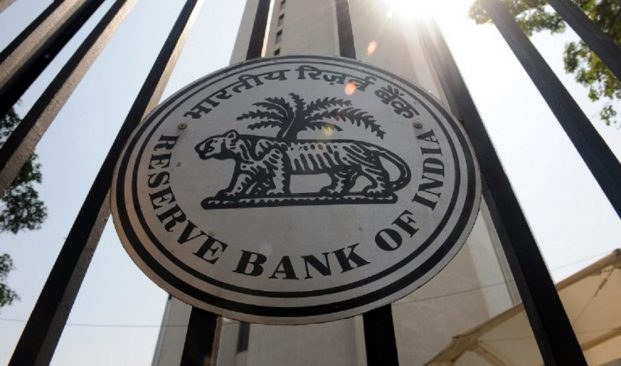(ATF) Having shunned Indian debt markets for months, foreign portfolio investors (FPIs) are returning with renewed interest as a central bank liquidity bonanza makes the nation’s sovereign bonds the best performers in Asia.
Market sources said FPIs turned net buyers of Indian debt in September for the first time in 11 months, as they bought $570 million worth of sovereign bonds, after selling $16.3 billion of the securities between November and August.
They add, FPI inflows could continue for a while, enthused by the early signs of economic stability, easing inflationary pressures, and the Reserve Bank of India’s (RBI) assurance that it “stands ready to take whatever measures” necessary to ensure adequate liquidity in the banking system.
RBI boost
The bond market received a big boost last week when the RBI signalled for lower yields by announcing it would absorb $3.83bn of bonds on offer at the prevailing market rate.
The announcement had an instant impact on the market, as the yield on India’s benchmark 10-year bond fell about 14 basis points to 5.9%, making it Asia’s best performer.
By the end of August, the RBI also announced a slew of measures including an increase in the volume of bonds held-to-maturity for banks and doubling its bond purchases to $2.74bn through open market operations.
According to Ajay Maglunia, managing director and head of institutional fixed income at JM Financial Products, FPI interest in Indian bonds was negative until September on account of sustained worries about the fiscal and inflation fronts.
READ MORE: RBI says worst over yet India’s GDP will plunge
Additionally, with the onset of coronavirus and associated rate cuts from the RBI, the spreads were at a decade low with any upside on capital gains capped by heightened inflation.
However, with the RBI’s commitment to keeping liquidity in the banking system available along with expectations of economic growth, “we expect FPIs to continue to look at Indian debt markets favourably as the spreads continue to look attractive on a relative basis with a stable currency to boot,” Maglunia told ATF.
The rupee, which has remained steady over the past months, has emerged as one of the best-performing currencies in recent times and that could also spur FPIs to turn to Indian debts in the months ahead, he added.
Headed for global markets
Experts said bond yields are likely to remain range-bound and heading towards stability.
“Interest rates are not likely to climb anytime soon because the economy is flush with liquidity, with the billions of dollars of stimulus measures announced by the government over the past months,” Anoop Verma, vice president of treasury at DCB Bank told ATF. “This liquidity will drive bonds yields to remain soft and steady for a while.”
Recent steps, including the raft of liquidity measures taken by the RBI, have dissipated the supply overhang, and that could remove price distortions and keep the FPI interest in Indian debt alive, added market sources.
That apart, “FPI seemingly feel that sooner or later, as Indian bonds are likely to be part of global bond indices, it makes sense to start taking exposures sooner than later,” said Maglunia of JM Financials.
According to a Moneycontrol.com report on Wednesday, India is in the process of listing and trading of sovereign securities on global bond indices, which is expected to be completed within next 9 months.
In March last year, India’s finance minister proposed issuing sovereign bonds overseas to raise a part of the government’s market borrowings. This year’s budget also announced plans to include Indian government securities on global bond indices.
The Indian government has completed all the formalities required for overseas listings while the government is now in the process of sorting out a few legalities and compliance issues from global indices, Moneycontrol.com reported.
“Given the current liquidity in the market and the RBI actions, I reckon bond yields to slide by about 50 basis points-from about 6% now to 5.5%- in the next six months,” said Verma of DCB.
“Since bond yields are inversely proportional to the bond prices, a 50-basis points slide in yield could lead to significant gains for investors,” he added.
























